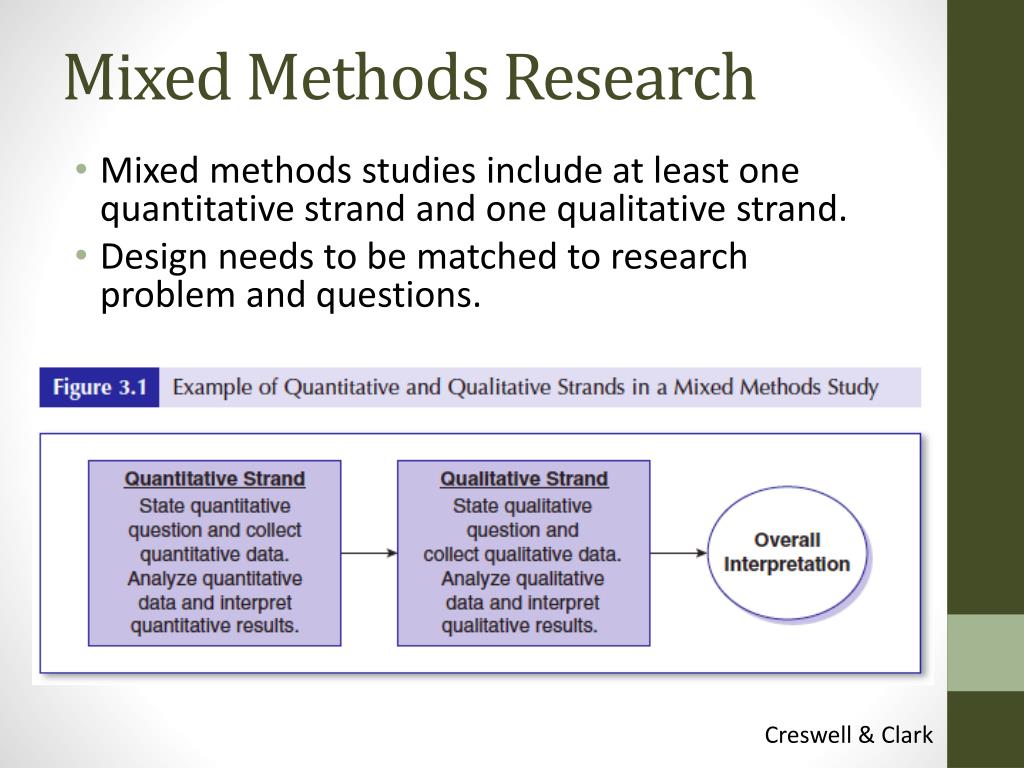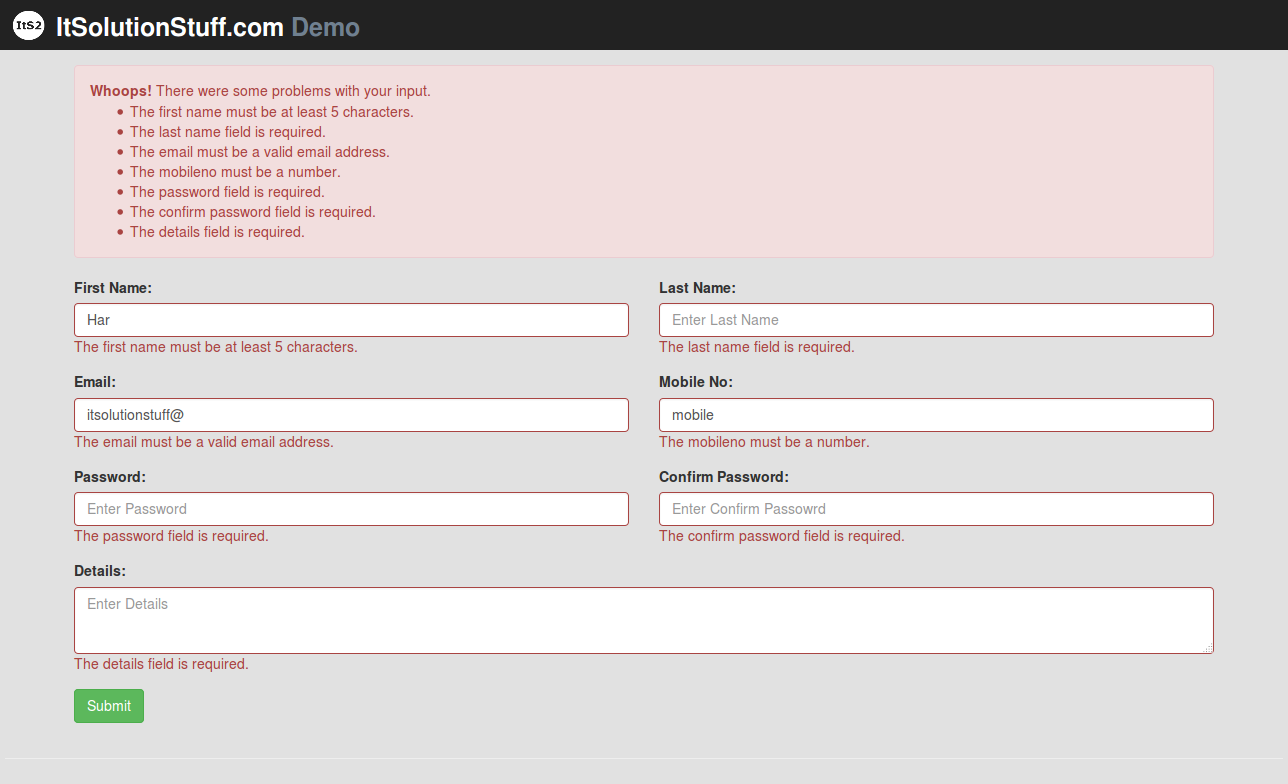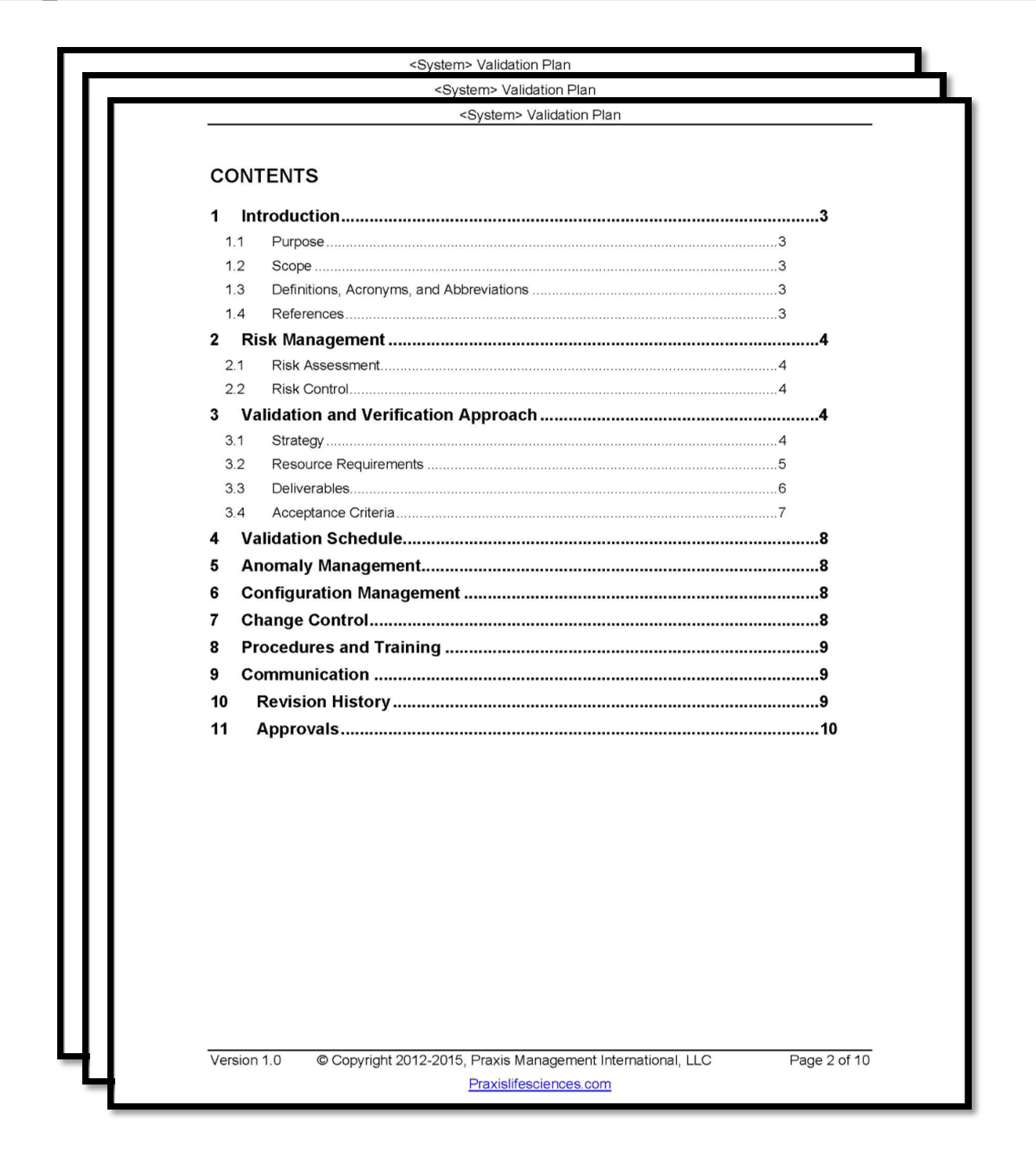Table Of Content

This design is used when you want to further explain a set of quantitative data with additional qualitative information. Understanding the correct telephone triage approach by obstetric triage personnel is extremely important since improper communication leads to untimely acceptance of pregnant women and incorrect decisions [26]. This version of the study protocols (2.1) includes two amendments to the initial protocols approved by the institutional review board on April 21, 2022.
The design of an Obstetric Telephone Triage Guideline (OTTG): a mixed method study
Mixed-methods approaches requires not only the skills of the individual quantitative and qualitative methods but also a skill set to bring two methods/datasets/findings together in the most appropriate way. Health researchers need to pay careful attention to the ‘best’ approach to designing, implementing, analysing, integrating both quantitative (number) and qualitative (word) information and writing this up in a way offers greater insights and enhances its applicability. This paper highlights the strengths and weaknesses of mixed-methods approaches as well as some of the common mistakes made by researchers applying mixed-methods for the first time. In summary, the small group of researchers who have been identified as the core of MMR consist predominantly of users of methods, who were educated and have worked exclusively at US and British universities. The specific approach to combining methods that is proposed by MMR has been successful from an institutional point of view, achieving visibility through the foundation of a journal and association and a considerable output of core MMR scholars in terms of books, conference proceedings, and journal articles.
Latest articles

A review of the entire transcript, followed by an examination of codes and their definitions, was conducted before coding. NVivo 12 software (Burlington, Massachusetts, U.S.) was utilized for coding text within the transcripts. Coders compiled summaries into a matrix format for the rapid identification of patterns, similarities, and differences across respondents. The team then reviewed the summaries to identify overarching themes and subthemes aligned with i-PARIHS.
Qualitative data collection procedures
For those assigned to Miracle Money, the possibility of receiving guaranteed income was only disclosed after it had been determined that they were participating in the Miracle Friends intervention. Given that research has established a clear causal link between social isolation and loneliness and health outcomes [29], interventions that focus on social connectedness could be considered to reduce health disparities among PEH [30]. Unfortunately, although there have been various efforts to design interventions to address social isolation and loneliness more generally, there is limited evidence of their effectiveness using rigorous designs such as randomized controlled trials [31, 32]. Of course, it is unlikely that focusing only on social isolation and loneliness without addressing other social determinants of health will significantly improve health outcomes of PEH [33]. In short, interventions that address both economic and social poverty (i.e., loneliness and social isolation) are likely needed to reduce health disparities among PEH.
Two case studies
If a volunteer or Miracle Messages staff members cannot contact an unhoused person after five attempts by the volunteer and one attempt by the staff, the person is removed from the list of people needing to be matched—effectively representing a discharge from the program. Volunteers log their efforts on the program’s online platform after each attempt, helping the program monitor the progression of friendships and address any issues. Based on volunteer responses, the Miracle Friends program can provide referrals to the unhoused person if there is a more urgent need or contact a formal service provider if authorized by the unhoused individual. Miracle Messages program staff members have recruited volunteers who want to serve as a phone buddy and unhoused individuals who expressed an interest in being matched with a phone buddy.
Intervention
In addition, policy makers and federal agencies could coordinate efforts to ensure that WIC agencies receive adequate lead time for implementation of food package changes to help minimize errors or disruptions in the issuance of benefits. Also, WIC agencies with limited financial and technical resources need additional support, including funding for staff training, system upgrades, and the creation of educational materials for participants, to help ensure equitable distribution and utilization of the FV benefits. Lastly, researchers can continue to conduct studies to identify emerging barriers and facilitators when implementing WIC program changes, especially given the upcoming WIC food package revisions. In addition, research gathering WIC retailers’ experiences with WIC food benefit changes is also critical to identify ways to increase WIC families’ access to FVs. First, the results are not based on a nationally representative sample with purposive and convenience sampling used for the interviews with WIC local agencies and participants. Furthermore, other factors during the data collection period could have impacted the findings, such as the infant formula recall, remote WIC services, and COVID-19-driven food cost inflation.
ORIGINAL RESEARCH article
Instead, the goal is for volunteers to develop an informal friendship that provides the unhoused person with someone to talk to. This randomized controlled trial will determine whether innovative interventions involving volunteer phone support and basic income reduce social isolation and improve housing outcomes for people experiencing homelessness. Although we enrolled unhoused individuals who initially expressed interest in the Miracle Friends program, the study team could not reach approximately 30% of individuals referred to the study.
The USDA FNS WIC Modernization efforts and related funding could be resources for WIC State agencies when upgrading their current MIS (29). ‘Mixed methods’ is a research approach whereby researchers collect and analyse both quantitative and qualitative data within the same study.1 2 Growth of mixed methods research in nursing and healthcare has occurred at a time of internationally increasing complexity in healthcare delivery. Mixed methods research draws on potential strengths of both qualitative and quantitative methods,3 allowing researchers to explore diverse perspectives and uncover relationships that exist between the intricate layers of our multifaceted research questions. As providers and policy makers strive to ensure quality and safety for patients and families, researchers can use mixed methods to explore contemporary healthcare trends and practices across increasingly diverse practice settings. This randomized controlled trial was designed to evaluate the effectiveness of the Miracle Friends and Miracle Money interventions as compared a control group that received neither intervention. Although 760 unhoused individuals have enrolled in the study, the study team has been unable to contact more than 30% of the individuals who initially expressed an interest in the Miracle Friends phone buddy program and were referred to the study.
Exploring patient acceptability of emerging intravitreal therapies for geographic atrophy: A mixed-methods study Eye - Nature.com
Exploring patient acceptability of emerging intravitreal therapies for geographic atrophy: A mixed-methods study Eye.
Posted: Thu, 11 May 2023 07:00:00 GMT [source]
What are the different types of mixed methods designs?
That is, will one select a design from a typology or use a more interactive approach to construct one’s own design? Our recommendation is that readers examine multiple design typologies to better understand the design process in mixed methods research and to understand what designs have been identified as popular in the field. However, when a design that would follow from one’s research questions is not available, the researcher can and should (a) combine designs into new designs or (b) simply construct a new and unique design. One can go a long way in depicting a complex design with Morse’s (1991) notation when used to its full potential.
Qualitative and co-design methods School of Population Health - UNSW Sydney
Qualitative and co-design methods School of Population Health.
Posted: Fri, 21 Jul 2023 08:37:11 GMT [source]
However, like an experienced researcher, a research novice needs to align the components of his or her design properly with each other, and, like a beginning researcher, an advanced researcher should indicate how qualitative and quantitative components are combined with each other. Substantively, it can be useful to think of integration or mixing as comparing and bringing together two (or more) components on the basis of one or more of the purposes set out in the first section of this article. For example, it is possible to use qualitative data to illustrate a quantitative effect, or to determine whether the qualitative and the quantitative component yield convergent results (triangulation). An integrated result could also consist of a combination of a quantitatively established effect and a qualitative description of the underlying process. In the case of development, integration consists of an adjustment of an, often quantitative, for example, instrument or model or interpretation, based on qualitative assessments by members of the target group. On the basis of these dimensions, mixed methods designs can be classified into a mixed methods typology or taxonomy.
There may also be differential retention rates because people receiving basic income may be more likely to complete follow-up surveys as compared to the waitlist or Miracle Friends only groups. It should also be noted that this intervention primarily focused on individuals who had a cell phone, which research suggests is much of the homeless population [57]. The qualitative interviews with WIC State and local agencies were grounded in the integrated Promoting Action on Research Implementation in Health Services (i-PARIHS) framework (23, 24) with adaptations to align with Phase 3 of the I + PSE. I-PARIHS is a well-established implementation science framework developed to identify factors related to successful implementation in real-world settings and helped answer a fundamental research question as to why implementation of the CVB changes were or were not successful. The i-PARIHS framework has four core elements—evidence, recipients, context, and facilitation—and each of these has multiple components that were aligned to I + PSE Phase 3 evaluation impacts.















